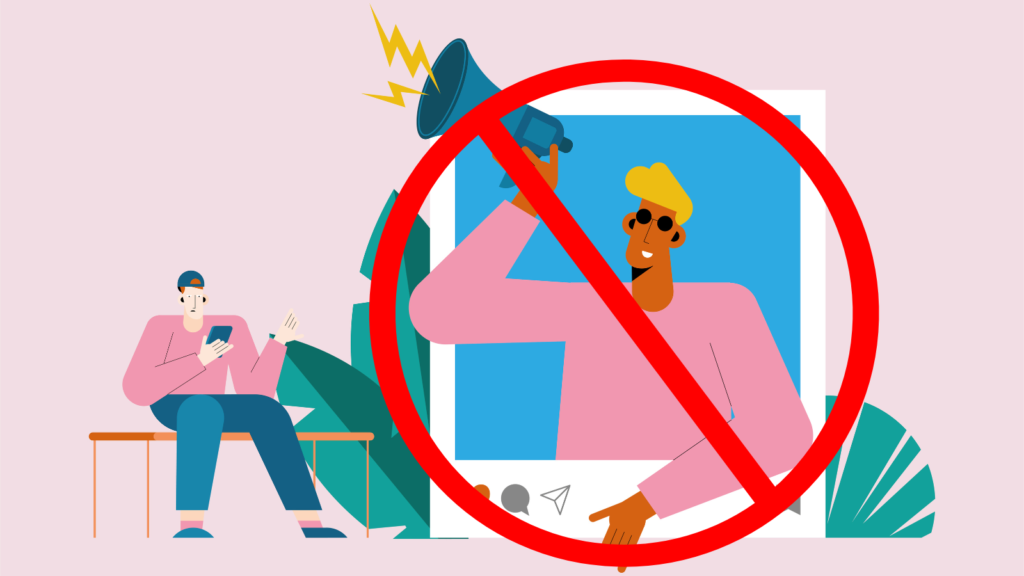Not too long ago, launching a new business or brand meant limited marketing choices, primarily revolving around television, radio, and print media. However, the landscape of media has evolved dramatically, offering an array of options for businesses looking to make their mark.
In today’s world, the possibilities seem endless, especially for those venturing into the Shopify ecosystem. The burning question for many newcomers is: What is the best platform to launch a new brand on Shopify?
Let’s dive into the different options to help you navigate the diverse world of media platforms.
1. Capturing Demand vs. Creating Demand
Effective marketing involves finding a balance between meeting existing demand and creating new interest. To capture existing demand, use search platforms for products with high search volume. But relying solely on search can be risky if demand drops.
Creating new demand means raising awareness among those who don’t know about your product. Social platforms and content sites are perfect for this with engaging content like YouTube videos or Instagram posts. The key is to excite and educate potential customers.

The best strategy combines both capturing existing demand and creating new interest. Focusing too much on search may get repetitive, while too much emphasis on awareness can be costly. Using both search and social channels optimizes targeting and guides users through the purchase process. The balance depends on factors like product type and budget, but testing and analytics help find the right mix between meeting existing demand and generating new interest.
2. Content Assets and Visual Appeal
When planning your social media and content strategy, start by checking your creative assets. This helps figure out which platforms to focus on. Some platforms, like YouTube and Instagram, do well with videos, while others do best with images or text ads.
Think about how visually appealing your products are. Fashion and travel items shine on platforms like Instagram, Pinterest, and TikTok. These visually striking platforms can grab the attention of potential customers.

By looking at your creative assets and product visuals, you can find the best platforms to reach new audiences. Keep in mind that what’s popular today might not be tomorrow, so stay updated on analytics and platform changes to keep your content in line with the best social and media channels.
3. Targeting Your Customer Avatar
When checking out a new ad platform, first see if your target audience is even there. Scope the targeting options—can you zero in on your ideal buyers? Limited settings that block you from lining up ads with key groups will hurt performance. Do a deep dive on audience stats before spending big to make sure there’s enough volume.

Don’t count out platforms where your core audience doesn’t seem present. Most sites draw a mix of users at different levels. Start by focusing spend on segments showing high shopping intent, like product searchers on Google. Expand your aim over time if the data shows previously untapped pockets open to engage.
Building campaigns around proven, moneymaking groups pays off. But constant testing rarely goes to waste. Even smaller clusters that emerge can be worth growing if the targeting drives solid new sales efficiently. Strategically confirming the audience makeup and responsiveness needs to anchor any rollout plan seeking real business growth, not just vanity metrics.
4. Conversion History and Budget
When choosing where to invest your marketing dollars, consider how much data you have in each platform, as well as how long your tracking pixels have been collecting data.

Mature tracking pixels provide more precise performance data. If your pixels have been embedded for a while, they better inform audience targeting and optimization over time.
5. Product Category Restrictions
If your product falls into regulated categories, it’s important to know that different platforms have specific rules. These rules can impact how you decide to promote your product.

For example, some platforms may have strict guidelines or even bans on advertising certain items like CBD products, pharmaceuticals, or health supplements. Understanding and following these rules can keep your account healthy and performing well.
Sending Your Shopify Sales Skyrocketing in 2024 by Choosing the Best Platforms for Your Brand
There’s no one-size-fits-all approach to choosing the best platform for launching a Shopify brand. The decision depends on various factors, including your product, audience, budget, and goals. Take the time to analyze your assets, understand your audience, and tailor your approach accordingly. By considering these factors, you’ll be well-equipped to make informed decisions and embark on a successful Shopify journey.
If you need assistance in crafting a tailored strategy for your Shopify brand, our team at Brandhopper Digital is here to help. Contact us, and let’s discuss how we can contribute to making this your best sales year ever on Shopify. Best of luck on your journey to growth and success!
